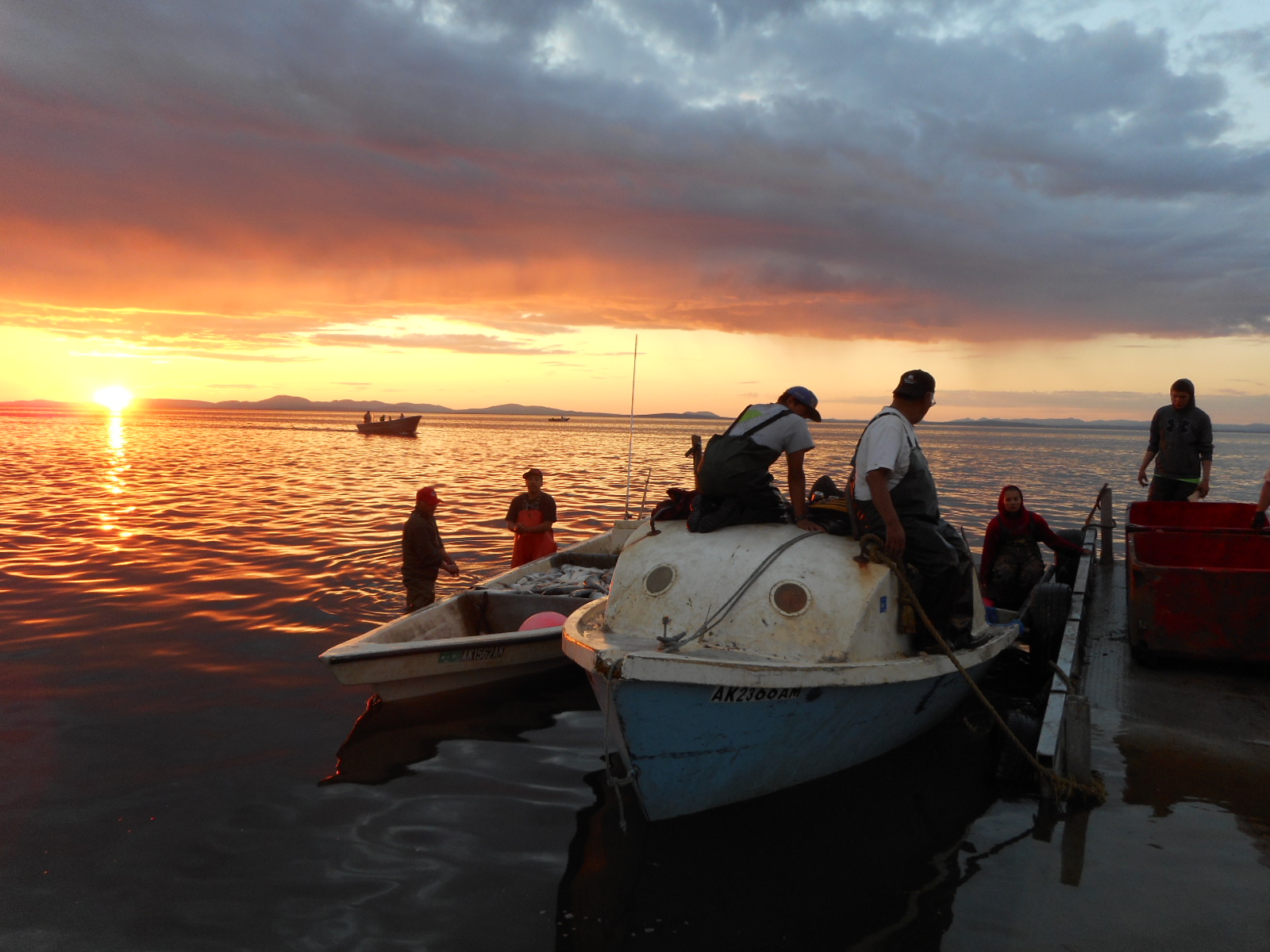A newly realized taskforce has spent the last six months working to incorporate Local and Traditional Knowledge (LTK) into how federal agencies manage marine resources in the Bering Sea.
Each year, Alaska fisheries account for over half of the marine fish caught in the United States, according to NOAA’s 2017 Fisheries of the US Report. The fisheries in the Southern Bering Sea alone are worth northwards of a billion dollars.
The taskforce on LTK was created by the North Pacific Fisheries Management Council (NPFMC)—one of eight councils responsible for managing the country’s fisheries—as part of the Bering Sea Federal Ecosystem Plan (FEP).
In the past, the NPFMC has worked with other agencies using action plans that relied entirely on observations and metrics from the scientific community. Recently, the Council met in Seattle for a weeklong plenary session. The agenda included a report on the taskforce’s progress.
“Good Morning Mr. Chairman and members of the Council. My name is Kate Haapala. I’m with Council Staff and also one of the co-chairs for the Local and Traditional Knowledge taskforce.”
Dr. Kate Haapala is a social scientist by training, with a background in environmental public policy. She believes in the potential impact her work might have on Western Alaska and beyond.
“Really finding a way to give the Council a richer picture of the Bering Sea Ecosystem—both the ecological components but also the human dimensions—really serves them well; in turn I think it serves stakeholders well and also this broader idea of managing fisheries on behalf (and to the benefit) of the nation as a whole.”
Haapala and her team came to a consensus on two goals for the action plan. The first focuses on, “creating processes… through which the Council can identify, analyze, and consistently incorporate [Local and Traditional Knowledge]… into Council decision making processes.”
The second goal concerns subsistence practices.
“And this goal is to create a clear direction for the council regarding how impacts to subsistence are defined and incorporated into analyses, as well as mitigation strategies for potential impacts to subsistence resources and users of those resources.”
– Dr. Kate Haapala
In Seattle, the Council adopted the first goal but moved to modify the second, limiting the taskforce’s role in the mitigation of resources for subsistence users. Haapala walked through the Council’s justification:
“Ultimately the Council felt as though they are the primary body that would be responsible for considering mitigation strategies and their own decision-making. That wouldn’t be something the taskforce was asked to do.”
The LTK taskforce will meet again in late April to continue drafting a comprehensive, multi-year action plan. Haapala hopes interested individuals from across the region will contribute to the conversation.
“If folks feel like they have any contributions… if they want to talk about subsistence and the ways that the Council should be considering that; I think that’s great. We encourage that. It’s a public process. It’s an open process.”
All meeting dates and requisite materials are publicly available on the North Pacific Fisheries Management Council’s website at www.NPFMC.org.
Image at top: A fishing fleet on the Kotzebue Sound. Photo: Jim Menard, Alaska Department of Fish & Game.





